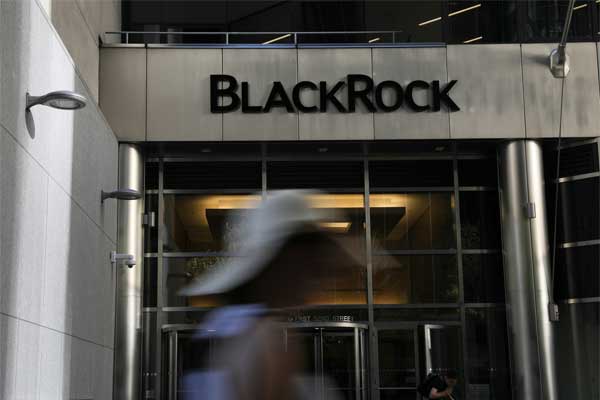WE all know solar energy is the cleaner choice, but you can’t blame an investor for wondering if it’s the more competitive option.
It’s a popular question, and while we’re at it, here are a few more that echo down the industry’s corridors with some regularity: Can the solar industry sustain itself if you subtract government subsidies from the equation? And, is worldwide grid parity a reality, or an elusive, somewhat fanciful projection?
These questions gain significance in light of Solar Impulse 2, the world’s first solar-powered aircraft capable of flying during the day and the night without consuming a single drop of fuel, setting off on it’s historic around-the-world flight earlier this month from Abu Dhabi. And while solar-powered planes may not be ready for commercial deployment just yet – Solar Impulse 2 can carry only two people at a time and hit a top speed of just 43 miles per hour; in contrast, the world’s most widely used commercial jet, a Boeing 747-400 can carry over 400 people at a time and achieve a top speed of 570 miles per hour – it’s still an impressive feat, with many spillover benefits.
More specifically, the Solar Impulse 2’s engines have had to be engineered to be extremely energy-efficient – the four motors on the plane only lose about 3% of their energy as waste heat, whereas conventional motors lose about 70% – and this new efficiency grade spurs advancements in the solar applications industry.
But back to the competitiveness of solar energy: through the last decade, intense, properly funded R&D initiatives, innovations in manufacturing processes, leaner supply chains, lower interest rates and improved economies of scale, have fuelled an upswing in the solar industry.
In fact, the International Energy Agency, which has historically taken a conservative approach to evaluating solar power’s prospects, has projected that by 2050, in a best-case scenario, solar energy could potentially be the single biggest source of power, generating as much as 27% of the world’s electricity. Meanwhile, German financial services firm Deutsche Bank recently predicted grid parity in 80% of the global market by 2017, meaning that soon solar energy costs will be at the same level as conventionally produced electricity or even below in most parts of the world. This is because grid-based electricity prices are rising across the world, while solar costs are still falling.













Comments